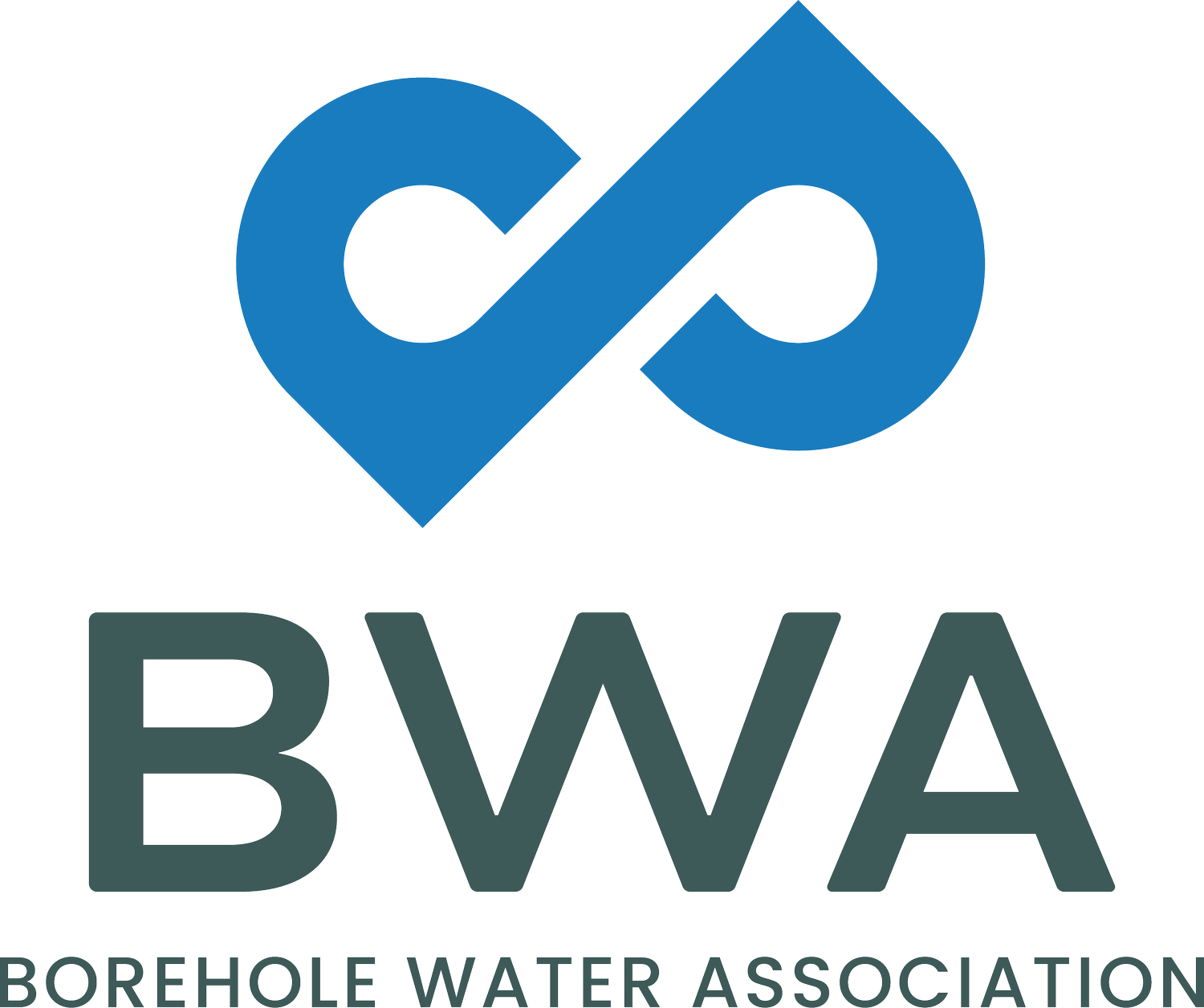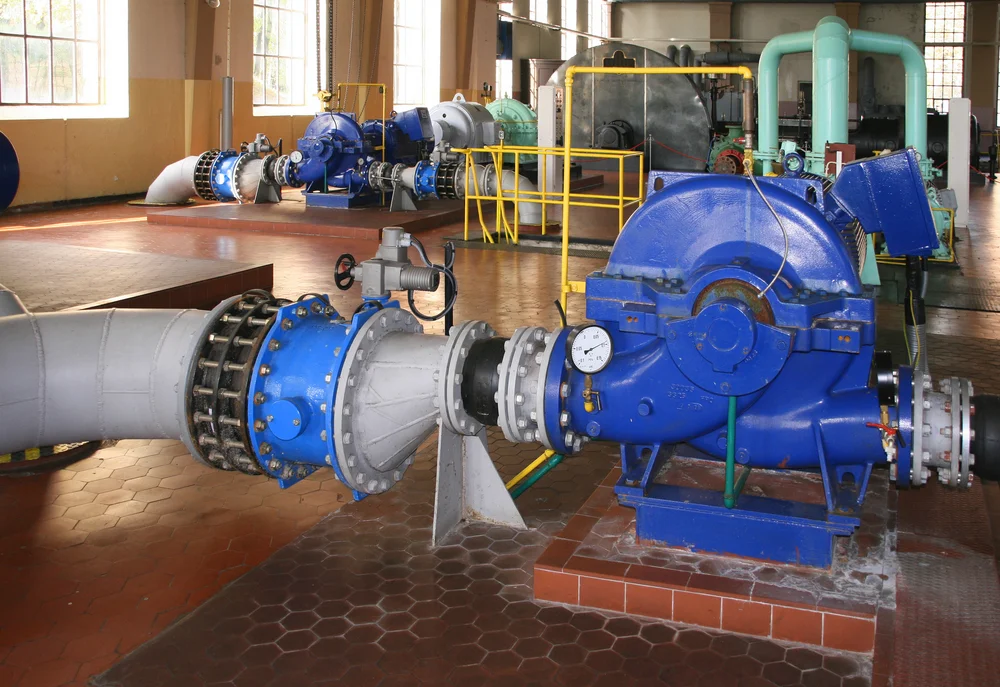The myth of one pump fits all
/Be careful what you wish for ... lest it come true! So goes the quotation taken from Aesop’s Fables. Like so many other things, these quotations are based on experiences that go back a long, long time. In the case of Aesop’s (620 B.C. to circa 564 B.C.) and here we are today still wishing for things.
So, what on earth does this have to do with pumps in general and boreholes in particular?
The beginning is a good place to start.
A farmer wants to equip two boreholes with pumps. One to fill a tank and the other to top up a dam. Pretty straight forward stuff except he wishes to use the same size pump for both applications. The reasoning being that “if one pump breaks down, the second pump can be used as a standby.”
Consider this diagram which details the requirements of the proposed system:
The design process is divided into two manageable parts.
For those of you who busy yourself with things fluid movement, the extremes in this little gem of a system immediately become apparent.
Task 1 (in green) requires getting the water into a tank which is 80 metres above the static water level in borehole 1. The diagram shows that the tank is 60 metres above the top of the borehole and the water in the borehole is 20 metres below ground level.
Task 2 (in blue) requires lifting the water 20 metres in borehole number 2 and moving it flat along the ground to the dam. Ignoring any system losses for a moment, the total lift is only 20 metres compared to the tank’s branch lift of 80 metres. Two very different applications that require the attentions of two very different pumps.
Seems somewhat complex but if the design process is divided into manageable parts, the mysterious aspects melt away.
Starting with a clean sheet of paper, Borehole 1 pumps water from 20 metres below ground level to a tank 60 metres higher up. (This will change as water is taken out of the borehole, but this will be left out of our calculations for the moment). So, any pump will have to generate a minimum of 80 metres (60m+20m) of head to get water into the tank for this particular system.
Borehole 2 only has to lift the water 20 metres, through a length of pipe, the same size as the line from Borehole 1, to a dam. A comparable head of 20 metres. In both cases, the small amount of friction loss has at this stage been left out.
The point here is that these are two very different applications requiring very different pumps to deliver the required flow rates. The Total Dynamic Head (TDH) can be calculated in each case for the conditions at start up (static water level) and as the water levels fall to their dynamic levels. This gives a clear picture of where the duty range starts on each pump’s curve and where the range ends. From these data the best pump can be selected that will provide an acceptable flow rate while bracketing the pump’s Best Efficiency Point (BEP). Relatively speaking, quite straight forward. But how did the situation change from straight forward to frustrating and expensive?
The customer’s wishes
In this case, the customer wished to use the same size pump for both applications.
Two pumps of the same size were duly installed. A pressure-sustaining valve was placed in the discharge line of the dam system to prevent the oversized pump working so hard that it would tear itself apart; and yes pumps do silly things like that. Goldilocks all over again - “too big, too small or preferably, just right”. Remember the dam pump would have to have been sized to do 80m although it would only work against 20m+.
How do pressure-sustaining valves work?
The principle of the pressure-sustaining valve is that energy in the form of electricity is put into the pump, which then converts this into head and flow. The flow is restricted by the partially closed valve which converts the excess energy into friction loss to prevent premature pump failure.
Problem with this installation was that too much energy was put into the dam pump and it was only working at approximately one third of its capability.
Add to this the fact that the pressure-sustaining valve was placed in the wrong place in the system. See the diagram of the installed system. The pressure-sustaining valve should have been installed after the branch line containing the manual valve.
The wrong approach.
A further complication was the addition of a manual bypass valve. The operation of the manual bypass valve required some skill and attention to operating procedures.
So essentially, the customer bought a pump that was bigger than necessary, paid for extra energy for the bigger pump; and bought two valves that weren’t necessary. By this time, you get the feeling that this is not going to end well.
The customer’s wish brought about some unintended consequences, and did indeed cause the failure of one of the pumps due to upthrusting (operating on the extreme right-hand side of the pump performance curve) and resulted in some costly changes to the two systems.
Yes … there is a better way!
Select a dedicated pump to handle the tank branch. As the two pumps were sized to handle the tank system, the surviving pump could be installed in this branch. A new, much smaller pump to handle the dam branch will need to be selected and installed to handle the lower head conditions. The moral of the story is to keep the two systems operating separately as they are completely different applications. This will result in a truly long-term, cost-effective solution. If the water in the boreholes is clean and sufficient to cover the flow delivered; and the electrical controls and protection are well thought out, the customer could expect a minimum of 10 years of trouble-free service instead of the few months that resulted from the initial design. Even 15 years would not be out of the realms of possibility while 20 to 25-year service lives are not that uncommon either. My advice is to make use of the services of a person skilled in the design, installation and commissioning of fluid movement systems and trust their judgement.
Submitted by John Tonkin of John Tonkin & Associates.






